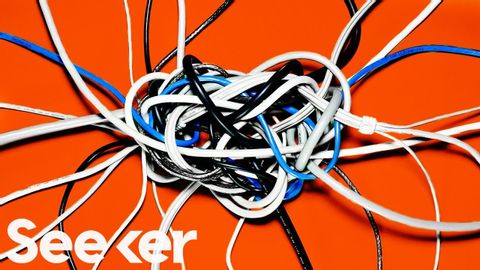
Subtitles & vocabulary
Wireless Electricity Is Coming, Here’s Where We’re At
00
林宜悉 posted on 2020/03/30Save
Video vocabulary
progress
US /ˈprɑɡˌrɛs, -rəs, ˈproˌɡrɛs/
・
UK /'prəʊɡres/
- Verb (Transitive/Intransitive)
- To move forward or toward a place or goal
- To make progress; develop or improve.
- Uncountable Noun
- Act of moving forward
- The process of improving or developing something over a period of time.
A2TOEIC
More concept
US /ˈkɑnˌsɛpt/
・
UK /'kɒnsept/
- Noun (Countable/Uncountable)
- Abstract idea of something or how it works
- A plan or intention; a conception.
A2TOEIC
More develop
US /dɪˈvɛləp/
・
UK /dɪ'veləp/
- Verb (Transitive/Intransitive)
- To explain something in steps and in detail
- To create or think of something
A1TOEIC
More Use Energy
Unlock All Vocabulary
Unlock pronunciation, explanations, and filters
